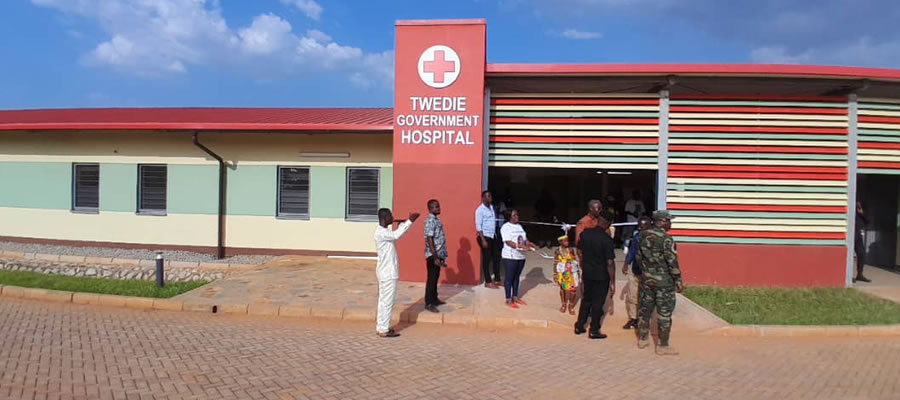

Social Amenities in the District
Schools, Health Centres, Roads, Electricity, Water etc.
Utilities in the District
Electricity, Water
Telecommunication Coverage
Landline, Mobile Phone Facility, Vodaphone, MTN, Tigo, Airtel etc.
Introduction
This chapter looks at the household size, structure, composition and headship. It seeks to analyse the sex, age groups, marital status, nationality and religious affiliation of the Atwima Kwanwoma population. It also covers economic activity status, literacy, school attendance and level of education in the District.
Household Size, Composition and Headship
According to the Ghana Statistical Service (2010), a household consists of a person or a group of persons who live together in the same house or compound, share the same house-keeping arrangements and recognize one person as the head.
Household Size
Table 3.1 shows that the District has a total house population of 89,249 with 17,451 in urban and 71,798 in rural areas of the District. According to the 2010 Population and Housing Census, there are 20,734 households in the district comprising of 4,265 urban households and 16,469 rural households. The mean number of households per house is 1.7 for the District as a whole including both urban and rural. The average household size in the district (4.3 persons) is not significantly different from both urban (4.1 persons) and rural (4.4 persons).
Household Composition and Headship
Table 3.2, shows the household population by composition and sex which indicates that household heads in the District is 20,734 of which male-heads constitute 29.1 percent being the highest and female-heads constitute 17.8 percent. The data also shows that male and female spouses are 3.1 and 17.8 percent respectively with female spouses recording the highest. Children living within the households constitute 43.7 percent with male children recording 45.3 percent and female children recording 42.3 percent.
There is a marginal difference in the proportion between male and female step children of the household head (302) males and (310) females. However, adopted children recorded the lowest, accounting for 0.2 percent males and 0.3 percent for females. Other relatives recorded as high as 5.9 percent with females recording the highest of 6 percent
Structure of Households
Household structure is defined as the ties of affiliations of persons who constitute households. In other words, it refers to the type of relationship (whether related or unrelated) between household members who were present on the census night (Ghana Statistical Service, Population and Housing Census Enumerators Manual 2010).
From Table 3.3, households with heads only (single person households) constitute 3.8 percent; male heads 5.4 percent, female heads 2.3 percent. Husband and wife with no children constitute 1.8 percent for both sexes. It is also observed that nuclear family is the largest family type among the population in the district, recording 31.4 percent with a marginal difference between male and female proportions. The data shows again that the extended family system is not as common as it used to be. It recorded a relatively low proportion of 18.2 percent. Furthermore, about 1.8 percent of extended family unit has non relatives living with them. Households composed of the head and other composition but no spouse constitutes 8.3 percent with males and females head recording 8.9 and 7.8 percent respectively.
Date Created : 11/23/2017 8:08:11 AM












 facebook
facebook
 twitter
twitter
 Youtube
Youtube
 +233 593 831 280
+233 593 831 280 0800 430 430
0800 430 430 GPS: GE-231-4383
GPS: GE-231-4383 info@ghanadistricts.com
info@ghanadistricts.com Box GP1044, Accra, Ghana
Box GP1044, Accra, Ghana